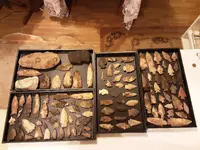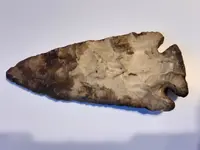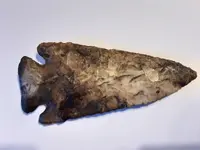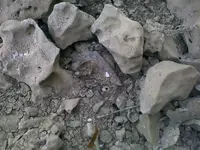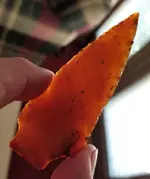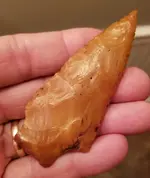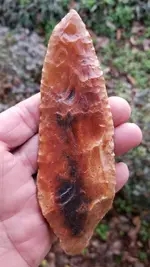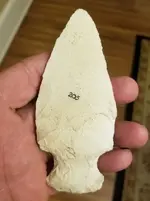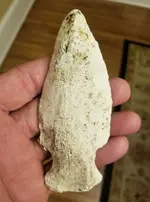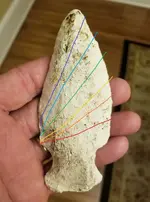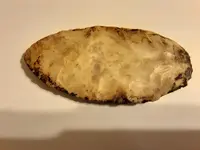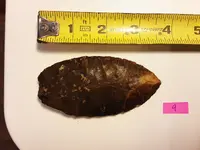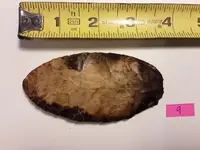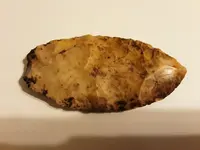outlaws15
Sr. Member
Hello everyone:
Found these in my parents house while cleaning it out. Up in the garage storage area. I have no clue what I have here just really think it is a cool find. I live in St. Louis MO and only guessing they might have came from around here or St. James, MO.
Thought maybe someone could tell me something about the arrowheads or other objects in picture.
Thanks
Attached Thumbnails Attached Thumbnails
Click image for larger version. Name: tf1591265493888.jpg Views: 0 Size: 1.79 MB ID: 1845972
Found these in my parents house while cleaning it out. Up in the garage storage area. I have no clue what I have here just really think it is a cool find. I live in St. Louis MO and only guessing they might have came from around here or St. James, MO.
Thought maybe someone could tell me something about the arrowheads or other objects in picture.
Thanks
Attached Thumbnails Attached Thumbnails
Click image for larger version. Name: tf1591265493888.jpg Views: 0 Size: 1.79 MB ID: 1845972
Attachments
Upvote
0



